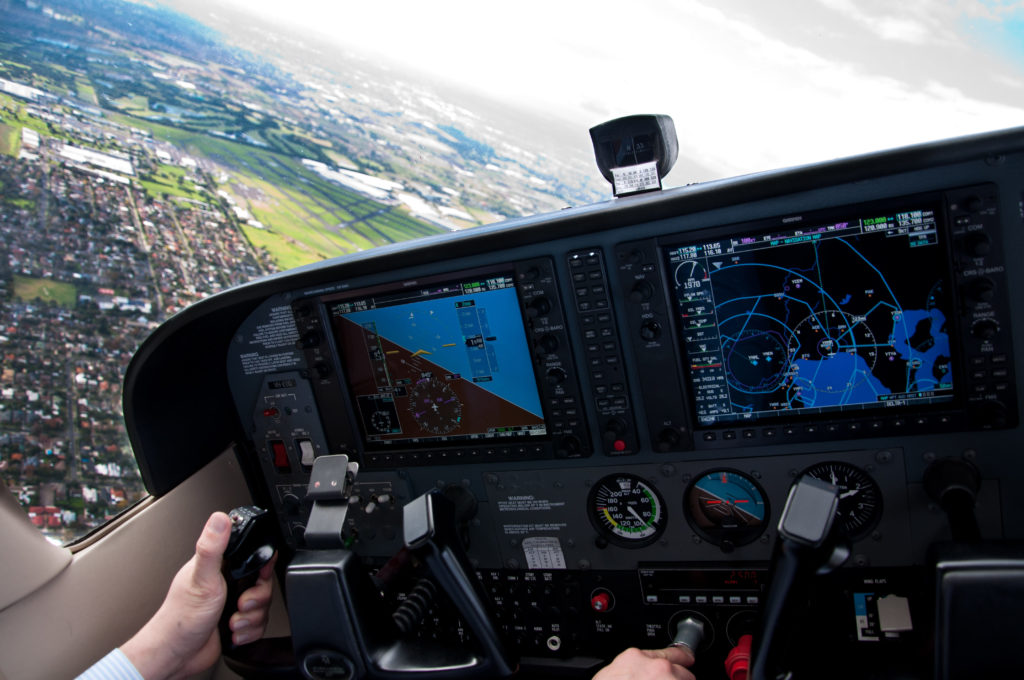Estimated reading time 4 minutes, 1 seconds.
More than half of the 255,000 new pilots required during the next 10 years by the global airline industry haven’t started their flight training.

That’s one of the major findings of CAE’s first Airline Pilot Demand Outlook report released at the Paris Air Show today.
The insights in the 40-page report draw on CAE’s position as the world’s largest commercial pilot training company, largest civil ab-initio flying school network and the largest provider of contract airline pilots.
Airlines and their training partners will need to produce an average of 70 new type-rated pilots per day globally to match the record high aircraft delivery rate and account for pilot attrition.
CAE emphasizes that pilots will require new and innovative pathways to the cockpit to meet future airline demand.

“Airlines are getting involved much earlier in the pilot creation process,” said Nick Leontidis, CAE group president, Civil Aviation Training Solutions. “This is to ensure the ‘right fit’ with operational realities and also to select individuals that have what it takes not only to become first officers but also future captains.”
“It’s definitely a good time to become an airline pilot,” said Leontidis.
Airlines will need a total of 150,000 new pilots to address passenger and fleet growth, plus an additional 105,000 pilots to replace those retiring or exiting the workforce.
The greatest demand for new pilots will be in the Asia-Pacific region, with more than 90,000 needed for rapid fleet expansion.
The Americas will have the next largest demand, with 85,000 needed primarily to offset high retirement rates. Europe will require new 50,000 pilots and the Middle East and Africa will need 30,000 pilots.
In addition, 180,000 first officers currently flying with airlines will be upgraded to new captains over the next 10 years.
Last year, almost 20,000 pilots entered the airline profession from three main sources: airline-focused flight training academies (4,000 pilots); universities, the military and business aviation (4,000 pilots); and small regional flight schools and flying clubs (11,000 pilots).
Airline-focused flight training academies will increase their share of the training market while the supply from other sources is expected to decline.
Aircraft crew ratios vary by aircraft size. On average, each regional aircraft requires 10 pilots; each narrow-body jet 11 pilots; and each long-haul wide-body jet 16 pilots.
CAE reports that the average pilot age was 48 years in North America in 2016, 45.8 years in Asia, 45.7 years in the Middle East and Africa, and 43.7 years in Europe.
Most major airlines in Canada and the United States have flow-through agreements with regional airlines. After a pilot spends several years flying a regional jet or turboprop, they will leave a regional airline to fly for a major airline. This puts pressure on regional airlines to ensure they have enough pilots to maintain service.
In addition, some pilots leave cockpits in North America to fly in the Middle East and Asia where demand and pay rates for experienced pilots are high.
Language proficiency in English is also becoming increasingly important to meet Asia Pacific pilot demand.








